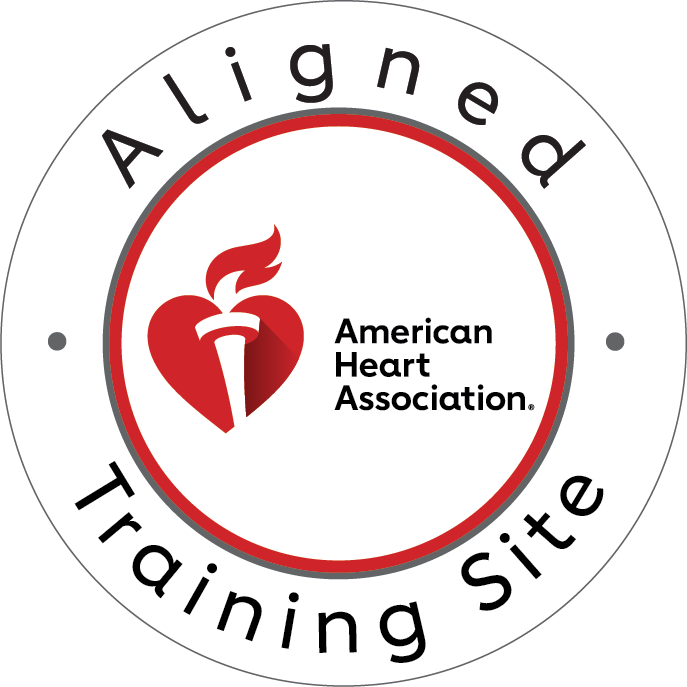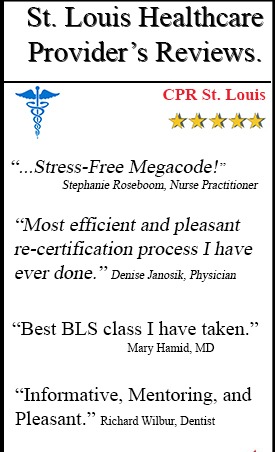A common fear often prevents people from acting when they witness a medical emergency: the fear that performing CPR will cause serious injury to the person they’re trying to help. Specifically, the question, “Does CPR break ribs?” is one that many potential rescuers grapple with. This concern, while understandable, often overshadows the primary goal of cardiopulmonary resuscitation: saving a life.
While it is true that injuries, including broken ribs, can occur during CPR, the risk of not acting is far greater. When a person is in cardiac arrest, their heart has stopped beating effectively, and every second without intervention reduces their chance of survival. This article will explore the facts behind CPR-related injuries, providing a balanced view that empowers you to act decisively and confidently in an emergency.
When is CPR Needed?
So, when exactly is CPR necessary? The need for this life-saving technique arises during a cardiac arrest, a distinct event from a heart attack. While a heart attack is a circulation problem—a blocked artery reducing blood flow to the heart muscle—a cardiac arrest is an electrical problem. The heart’s electrical system malfunctions, causing the heart to stop beating or to beat ineffectively. Key signs to recognize include a sudden collapse, unresponsiveness, and the absence of normal breathing.
If you see someone exhibit these signs, it’s a clear signal to call for emergency services and begin CPR immediately. Acting fast is a critical link in the Chain of Survival, a sequence of actions that maximizes the chance of survival for a cardiac arrest victim. This chain starts with early recognition and a call to 911, followed by early CPR, rapid defibrillation with an AED, and effective advanced care from paramedics.
How Often Does CPR Break Ribs?
A question that looms large for many is just how common broken ribs are from CPR. Research and statistical data provide a clearer picture. It’s estimated that chest injuries, including rib fractures and sternum fractures, occur in a significant percentage of cases, ranging from 10% to 30% in some studies, though these numbers can vary widely. The types of injuries can also include cartilage damage, bruising, and lung-related complications.
A 2013 study published in the journal Resuscitation, for example, found that rib fractures were a common occurrence, especially in older patients. However, it’s crucial to understand that many of these statistics are from studies conducted on cadavers or reflect a time when CPR techniques were less refined. Modern high-quality CPR guidelines aim to maximize effectiveness while minimizing unnecessary force.
How to Perform High-Quality CPR?
Performing high-quality CPR is the best way to ensure you’re providing life-saving care while also reducing the risk of complications. The key lies in proper hand placement and technique. To begin, place the heel of one hand on the center of the person’s chest, right between the nipples, and the heel of your other hand on top of the first. Your fingers should be interlocked and kept off your chest.
The compression guidelines are straightforward yet vital: compress hard and fast. Push down at least 2 inches (5 cm) but no more than 2.4 inches (6 cm) and at a rate of 100 to 120 compressions per minute. Allow the chest to fully recoil after each compression. If you are trained in CPR, the cycle involves 30 chest compressions followed by two rescue breaths.
Another essential component is the use of an AED (Automated External Defibrillator). An AED is a portable device that can analyze the heart’s rhythm and, if needed, deliver an electrical shock to restore a normal rhythm. CPR keeps blood and oxygen flowing to the brain and vital organs until an AED can be used or until paramedics arrive.
Common Side Effects of CPR
Beyond the concern of broken ribs, what are some other common side effects of CPR? On the physical side, bruising and sore muscles in the chest area are frequent. In more severe cases, injuries to the liver or spleen have been documented, though these are much rarer.
Psychologically, the experience can be intense for the rescuer. Witnessing a medical emergency and performing CPR can be emotionally and mentally taxing, leading to anxiety, stress, or even symptoms of post-traumatic stress. Rescuers should seek support and talk about their experience. However, the most critical physical consequence to a patient who has received CPR is death, and this is why the risks of CPR are always far outweighed by the benefits.
Who are Most at Risk of Breaking Ribs During CPR?
Certain individuals are more susceptible to CPR-related injuries. Age-related risk factors are significant; older adults, particularly those with conditions like osteoporosis, have more fragile bones and are at a higher risk of fractures. Medical conditions such as osteopenia, bone cancer, or long-term steroid use can also increase this risk.
There is also a slight gender difference, with some studies suggesting a higher incidence of rib fractures in women, which may be related to differences in bone density and chest wall anatomy. Body composition also plays a role. Individuals with smaller frames or those with conditions that affect their bone structure may be more vulnerable.
The Critical Balance: Saving Lives vs. Preventing Injury
The critical balance in an emergency is always about saving a life versus the potential for injury. The moral and ethical considerations are clear: in the face of cardiac arrest, the life of the person takes absolute precedence. Broken ribs can heal, but a brain without oxygen for more than a few minutes suffers irreversible damage.
The risk-benefit analysis is unequivocally in favor of performing CPR. The legal protection provided by Good Samaritan laws in many places further supports this, as they shield rescuers from liability when providing reasonable care in good faith.
Proper training and confidence-building through CPR courses are essential for anyone who wants to be prepared to help. These courses not only teach the correct technique but also help to alleviate the fear of causing harm, fostering a proactive mindset.
Expert Recommendations and Best Practices
What do the experts recommend? The American Heart Association (AHA) guidelines for CPR are the gold standard. They emphasize the importance of chest compressions—pushing hard and fast—as the single most important part of CPR.
They stress that even if you are not trained in rescue breaths, providing chest compressions alone (Hands-Only CPR) is effective and can double or triple a person’s chance of survival. Training considerations are key. Regularly refreshing your skills is vital.
For situations involving children or infants, the guidelines differ, and specific training is required. The central message remains: do not hesitate to act. The potential for a broken rib is a small price to pay for the chance at a life.
Frequently Asked Questions
1. Is it normal for ribs to break during CPR?
Yes, rib fractures can occur during CPR, especially in adults and elderly patients. The force required for effective chest compressions (at least 2 inches deep) can sometimes cause rib or sternum fractures. This is considered an acceptable risk when saving a life, as proper CPR technique prioritizes restoring circulation over preventing minor injuries.
2. Should I stop CPR if I hear or feel ribs breaking?
No, you should never stop CPR if you suspect rib fractures. Continue compressions at the proper depth and rate. Broken ribs will heal, but brain death from lack of oxygen is irreversible. The American Heart Association emphasizes that effective CPR is more important than avoiding rib fractures.
3. How can I minimize the risk of breaking ribs during CPR?
Proper hand placement and technique reduce rib fracture risk. Place the heel of your hand on the lower half of the breastbone, interlock fingers, keep arms straight, and compress at least 2 inches deep at 100-120 compressions per minute. Avoid pressing on the ribs directly and ensure complete chest recoil between compressions.
4. Do rib fractures from CPR cause serious complications?
Most CPR-related rib fractures heal without serious complications. While they can be painful and may cause bruising or swelling, these injuries are typically minor compared to the life-saving benefits of CPR. Serious complications like punctured lungs are rare when proper technique is used.
Call to Action
Don’t let fear of injury prevent you from saving lives. Learn proper CPR technique and gain confidence in emergency situations. Enroll in our hands-on, stress-free CPR certification courses at CPR St. Louis – your local American Heart Association training site. Get certified in BLS, ACLS, PALS, or CPR and First Aid today!






